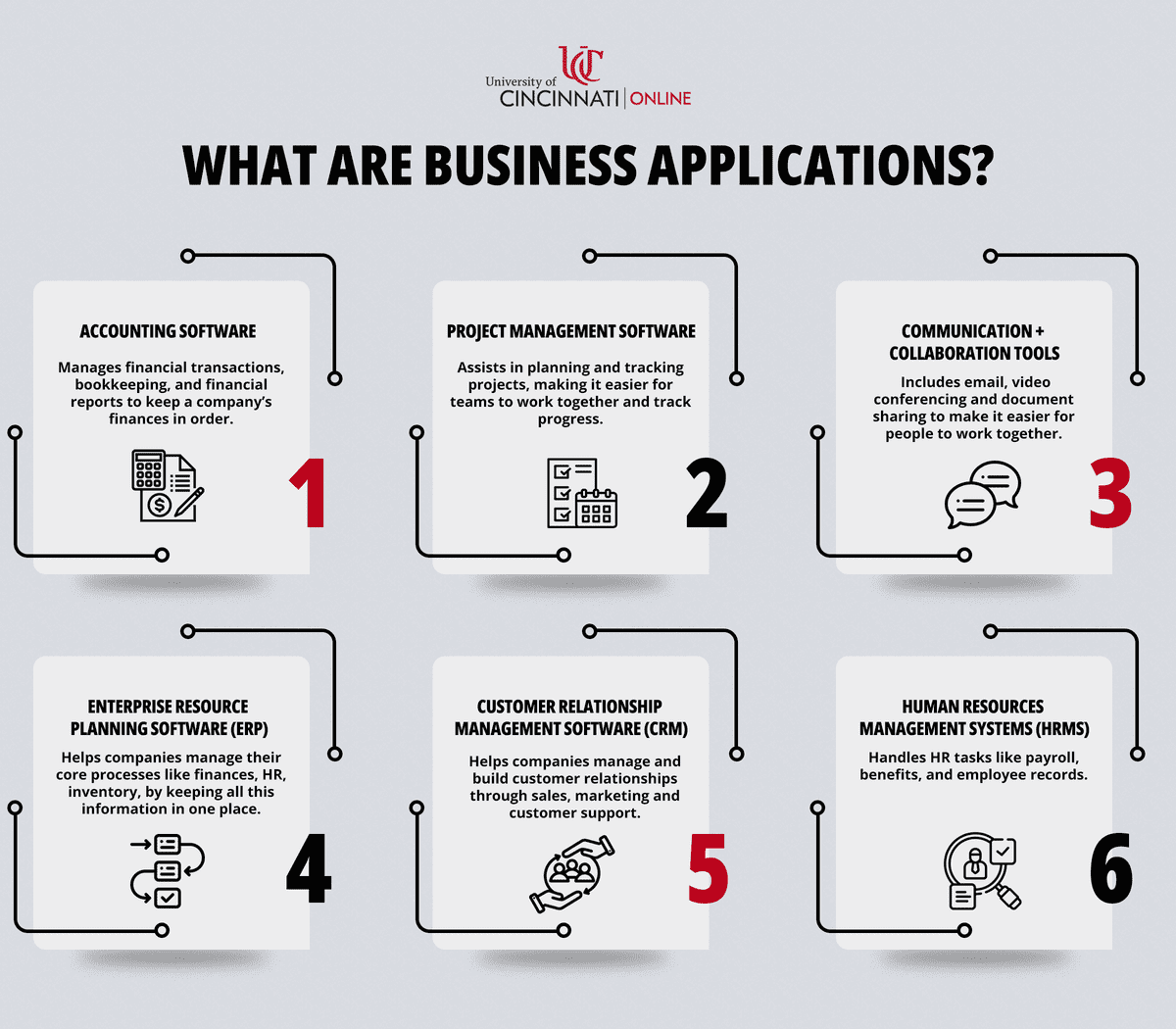6 Main Types of Information Systems Used in Businesses
There are six main types of information systems that businesses can use to achieve these goals.

Six major types of information systems
1. Transaction processing systems
Transaction Processing Systems (TPS) are the basic business systems designed to handle day-to-day business operations, such as processing orders, handling payments, and managing inventory. TPS are essential to the operation of any business, large or small. They help businesses to ensure that their daily operations run smoothly, efficiently, and accurately.
2. Enterprise Resource Planning (ERP) Systems
Enterprise Resource Planning (ERP) systems are one of the most commonly used information systems. They are designed to integrate all of a business's functions and processes into a single system. ERP systems provide businesses with a centralized database that stores information about customers, suppliers, employees, and other key data. These systems can be used by a wide range of users in different departments within the organization, supporting various office tasks such as multimedia systems, emails, video conferencing, and file transfers.
3. Business collaboration systems
Business collaboration systems are designed to improve communication and collaboration between individuals, teams, and departments within an organization. These systems enable employees to communicate, share information, and collaborate on projects and tasks, regardless of their location. Business collaboration systems include instant messaging, video conferencing, document sharing, project management software, and more. During the pandemic, these systems have become even more critical as remote work has become more prevalent.
4. Management Information Systems
Management information systems (MIS) collect and process operational information from different sources, and provide managers with the information they need for making decisions. These systems provide managers with access to data about sales, expenses, inventory levels, and other key performance indicators in the form of reports and statistics, and even analysis tools which make it easier to understand and utilize the data to make strategic decisions.
5. Decision support systems
Decision Support Systems (DSS) are designed to help managers make complex decisions by providing them with analytical tools to gain insights into complex business problems. DSS can also help managers to simulate different scenarios, perform "what-if" analyses, and make predictions based on historical and real-time data. These systems integrate data from multiple sources and can include artificial intelligence and machine learning algorithms to support decision-making. These systems are used in various industries, including healthcare, finance, and manufacturing, to support decision-making at different levels of the organization.
6. Customer Relationship Management Systems
Customer Relationship Management (CRM) systems are used to manage the interactions and relationships with customers from initial contact to post-sale support. CRM systems provide a centralized platform for managing customer data, including contact information, purchase history, preferences, feedback and other relevant data to help businesses analyze and improve customer experience.
How information systems help improve business performance
Information systems provide businesses with numerous benefits that help improve their overall performance. They can automate routine tasks, reduce errors, and make communication and data processing faster. They can also provide managers with timely and accurate data to make informed decisions, support innovation and flexibility, and enhance customer service. Additionally, information systems can streamline operations, reduce waste, and optimize resource allocation to help businesses save costs.
Overall, using information systems can give businesses a competitive edge by making them more efficient, better equipped to make decisions, and able to respond quickly to market changes and customer needs.Information systems also help businesses increase their visibility by providing them with powerful marketing tools, such as web-based applications, and the ability to track customer data and trends. By having access to this data, businesses can better understand their customers, tailor their services and products to meet customer needs, and track customer satisfaction. This can lead to improved customer loyalty and increased revenue. Additionally, information systems can help businesses become more agile and better able to adapt to changing conditions in the market. By having access to real-time data and analytics, businesses can quickly adjust their strategies and operations to take advantage of new opportunities.
Post a Comment for "6 Main Types of Information Systems Used in Businesses"